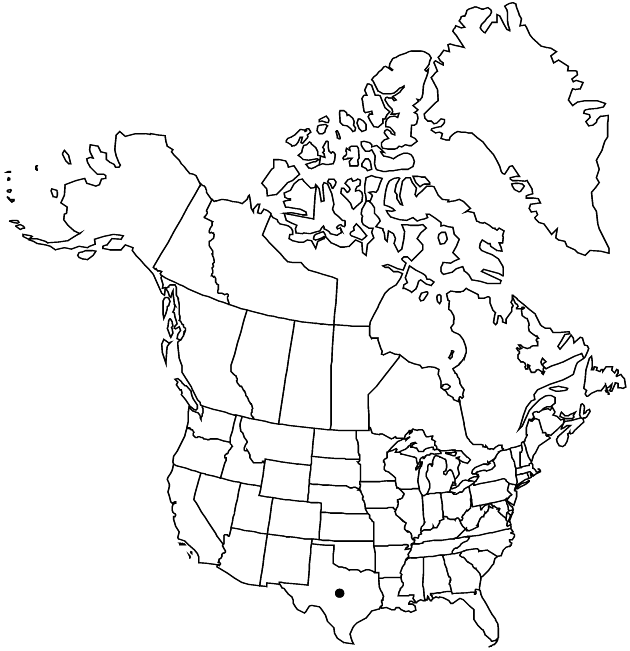Difference between revisions of "Chaetopappa effusa"
Wrightia 1: 68. 1946.
Common names: Spreading lazy daisy
Endemic
Basionym: Keerlia effusa A. Gray Boston J. Nat. Hist. 6: 222. 1850
FNA>Volume Importer |
imported>Volume Importer |
||
| (3 intermediate revisions by 2 users not shown) | |||
| Line 8: | Line 8: | ||
}} | }} | ||
|common_names=Spreading lazy daisy | |common_names=Spreading lazy daisy | ||
| + | |special_status={{Treatment/ID/Special_status | ||
| + | |code=E | ||
| + | |label=Endemic | ||
| + | }} | ||
|basionyms={{Treatment/ID/Basionym | |basionyms={{Treatment/ID/Basionym | ||
|name=Keerlia effusa | |name=Keerlia effusa | ||
|authority=A. Gray | |authority=A. Gray | ||
| + | |rank=species | ||
|publication_title=Boston J. Nat. Hist. | |publication_title=Boston J. Nat. Hist. | ||
|publication_place=6: 222. 1850 | |publication_place=6: 222. 1850 | ||
| Line 37: | Line 42: | ||
-->{{#Taxon: | -->{{#Taxon: | ||
name=Chaetopappa effusa | name=Chaetopappa effusa | ||
| − | |||
|authority=(A. Gray) Shinners | |authority=(A. Gray) Shinners | ||
|rank=species | |rank=species | ||
| Line 51: | Line 55: | ||
|publication title=Wrightia | |publication title=Wrightia | ||
|publication year=1946 | |publication year=1946 | ||
| − | |special status= | + | |special status=Endemic |
| − | |source xml=https:// | + | |source xml=https://bitbucket.org/aafc-mbb/fna-data-curation/src/2e0870ddd59836b60bcf96646a41e87ea5a5943a/coarse_grained_fna_xml/V19-20-21/V20_461.xml |
|tribe=Asteraceae tribe Astereae | |tribe=Asteraceae tribe Astereae | ||
|genus=Chaetopappa | |genus=Chaetopappa | ||
Latest revision as of 21:03, 5 November 2020
Perennials, 20–80 cm, eglandular; fibrous-rooted, with caudexlike, lignescent rhizomes. Leaves not densely overlapping, proximal and mid cauline blades oblong to lanceolate-oblong, 10–20 × 6–12 mm, abruptly reduced distally, herbaceous, bases truncate to subcordate, subclasping, flat, faces sparsely hispidulous to hispido-pilose. Involucres conic to broadly cylindric, 3–4.5 × 2–2.5 mm. Ray florets 6–9; corollas white. Disc florets 4–7, functionally staminate. Cypselae 1.6–2.2 mm, 2(–3)-nerved (ray) or 3–5-nerved (disc), strigose; pappi in 1 series, thickened rings or minute, erose crowns less than 0.1 mm. 2n = 16.
Phenology: Flowering (May–)Jul–Oct.
Habitat: Limestone cliffs, ledges, bluffs, steep hillsides, sometimes in seepy areas, oak-juniper, oak, or mixed deciduous woods
Elevation: 300–500 m
Discussion
Selected References
None.
Lower Taxa
None.
